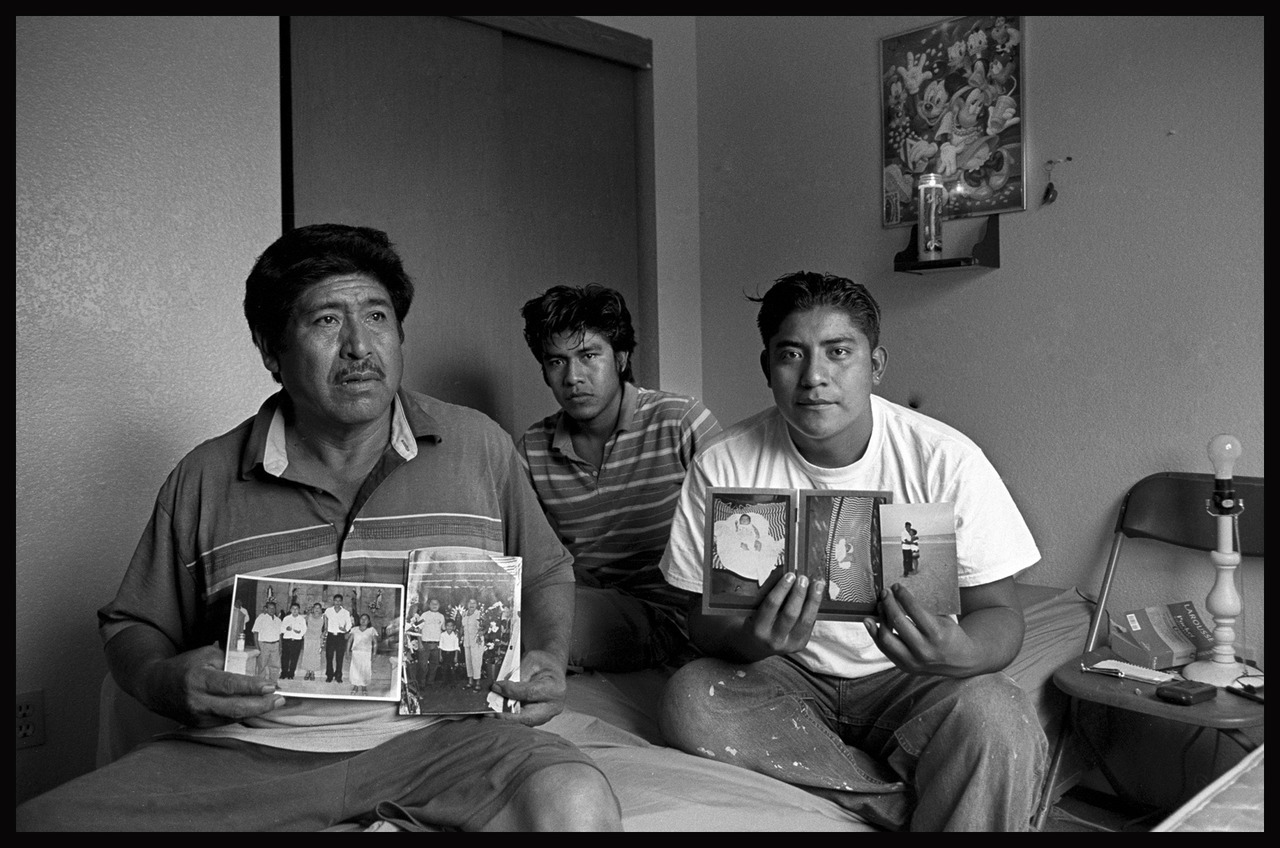I believe Anna Quindlen hit right on the money with this statement. I may even take it a step farther to say there are many, many "me's" because there are so many layers to people. However, individual versus how you function in a whole are a very well simplified way to look at it. I see individual dilemmas as both more freeing and likely to come to an incorrect conclusion. The reason for this is that you feel comfortable mulling things over in your mind without being attacked by yourself but, sadly, that also means you don't get that input that you would have had in a group setting. While on the other hand, discussing topics in group can cause more conflict but also courage to step up and say something as well as a variety of ideas. When I am eating dinner at home with my family, I often feel like two people when we talk about controversial topics. Because they are my parents, I am not going to challenge them as much but I will still be thinking about whatever the topic may be the conversation piece. Another layer of that individual dilemma is that sometimes you feel or you know you are right and you need to go tell other people so they know you are right but you need a balance between telling someone because you care vs. fighting for what you think is right.
(Image: https://blogger.googleusercontent.com/img/b/R29vZ2xl/AVvXsEj23J1SduCE0rhs26-iTV2Th2r6tS288jx8Kj5rSml4eEEwRX4aYiMX0KBuuwmtaWNVFAii8Q5CF6LPY9b2-SuP-BgV9gPEuoB5jzXfT6SthjeGpk9QvGiv5joBqRC6Vl70YC4nPO6tHxs/s1600/naming-your-business.jpg)
(Image: https://blogger.googleusercontent.com/img/b/R29vZ2xl/AVvXsEj23J1SduCE0rhs26-iTV2Th2r6tS288jx8Kj5rSml4eEEwRX4aYiMX0KBuuwmtaWNVFAii8Q5CF6LPY9b2-SuP-BgV9gPEuoB5jzXfT6SthjeGpk9QvGiv5joBqRC6Vl70YC4nPO6tHxs/s1600/naming-your-business.jpg)
